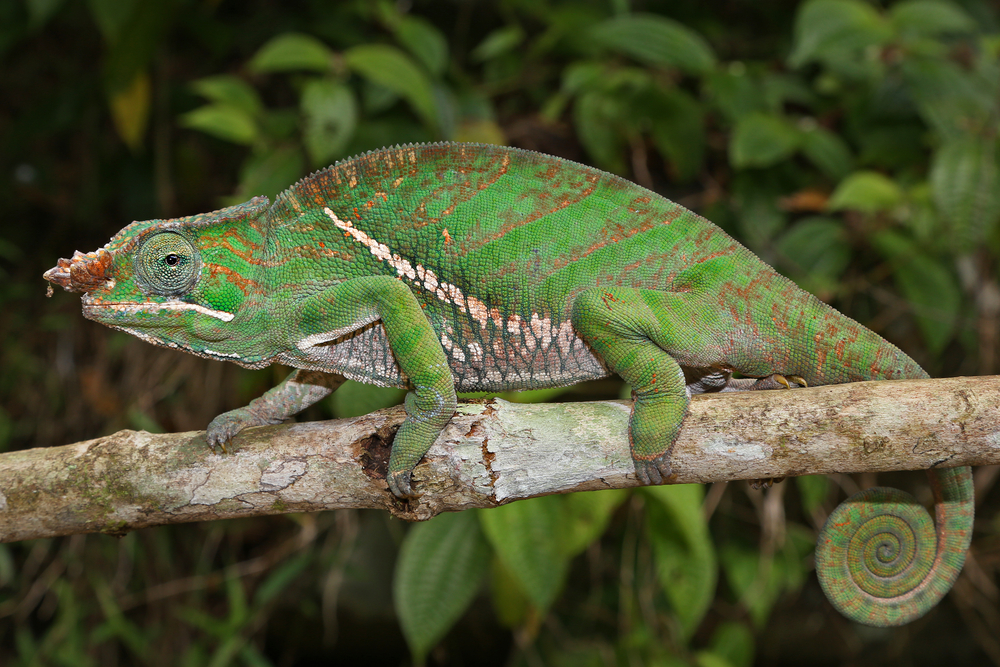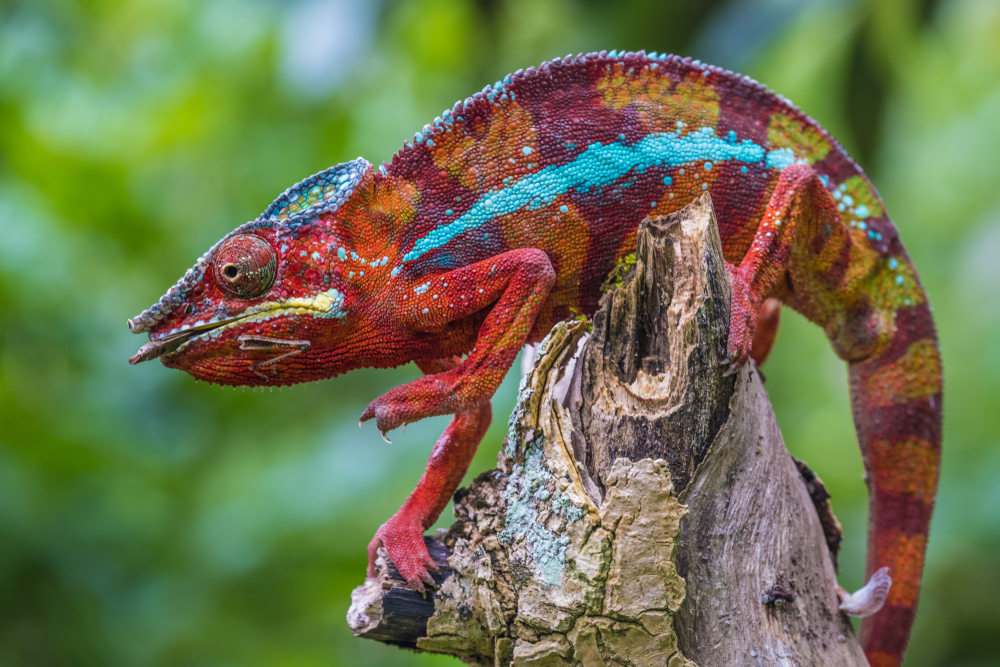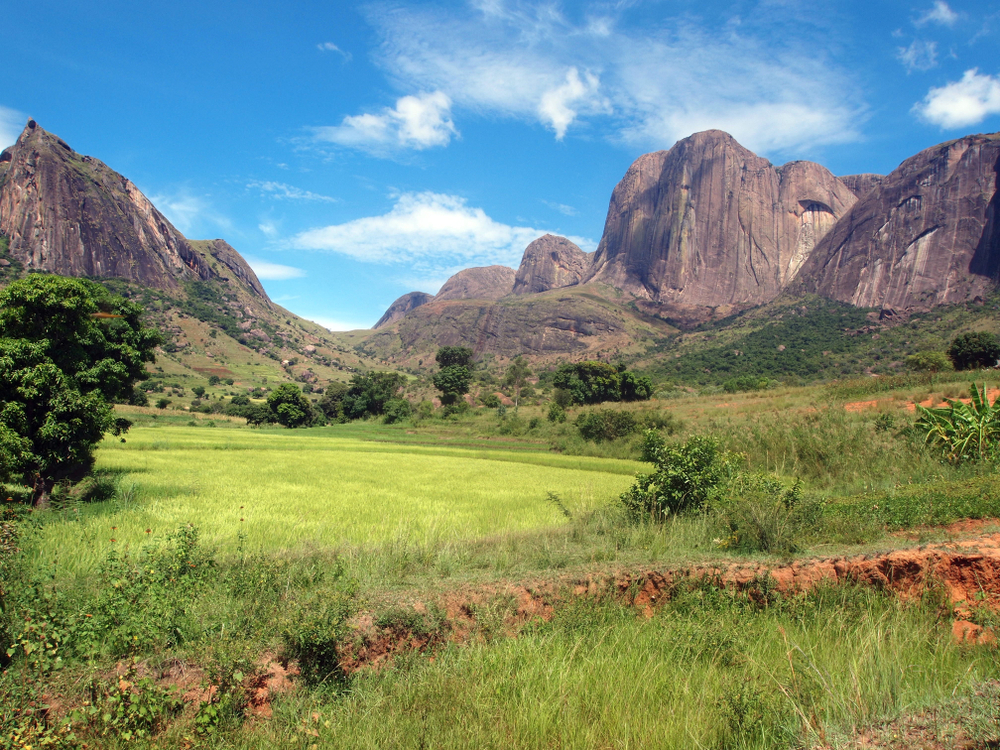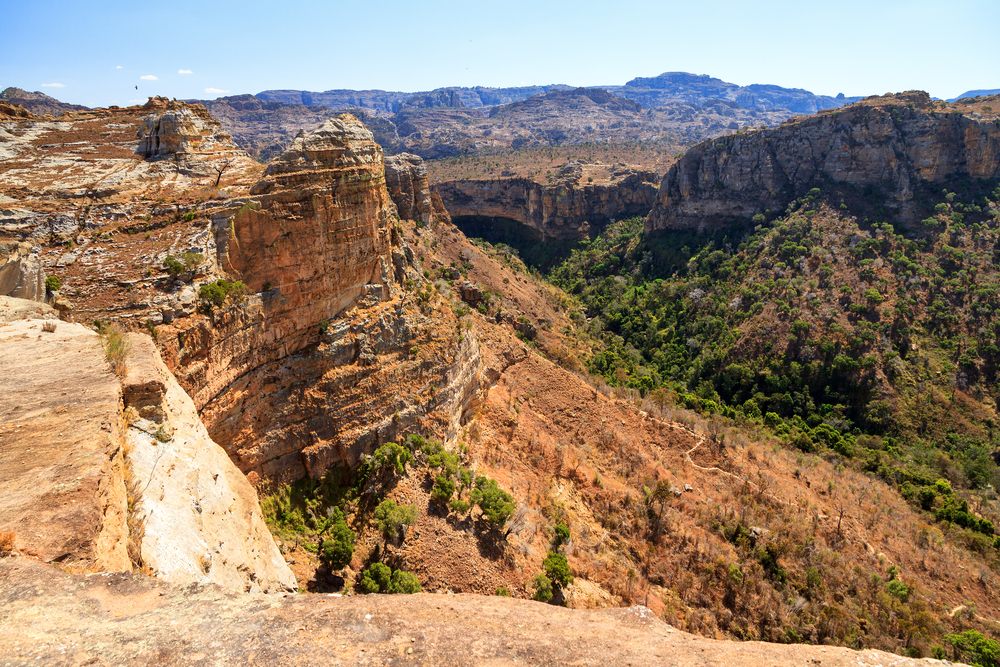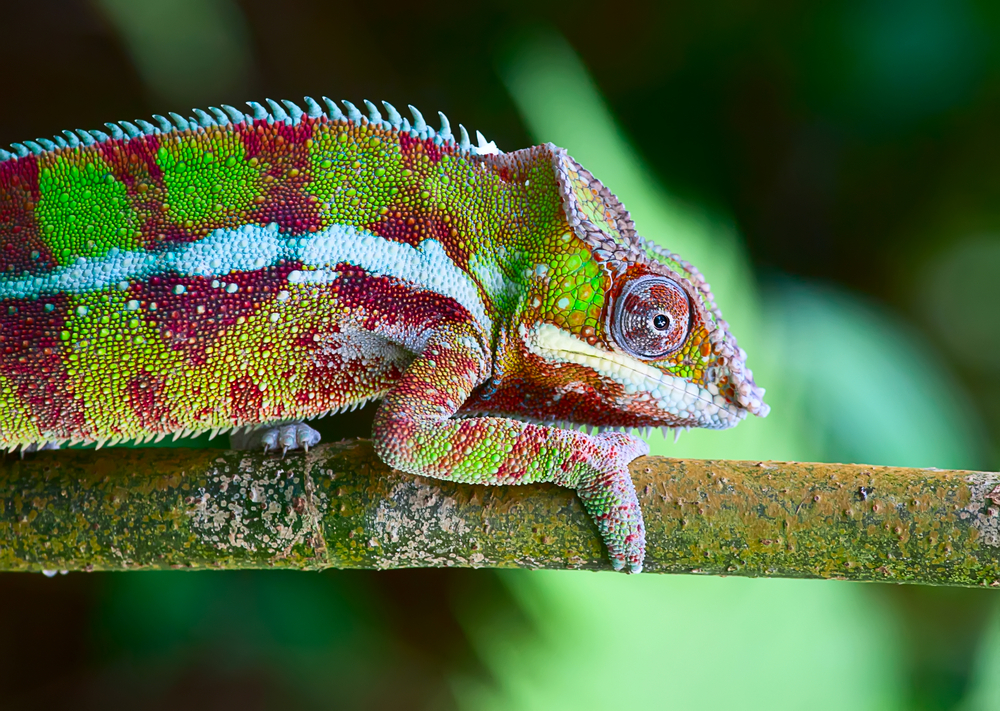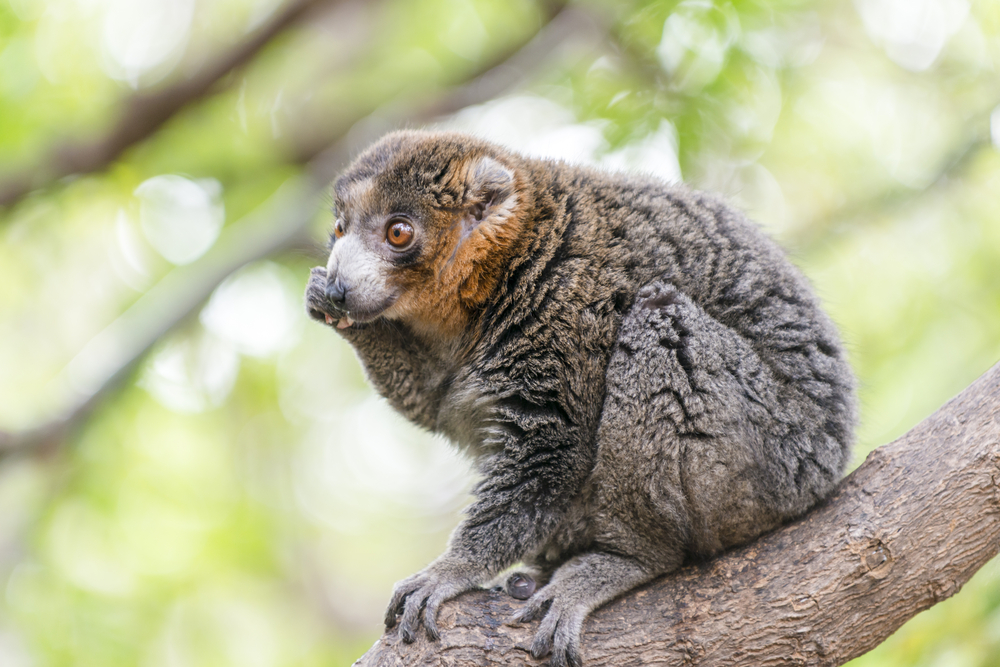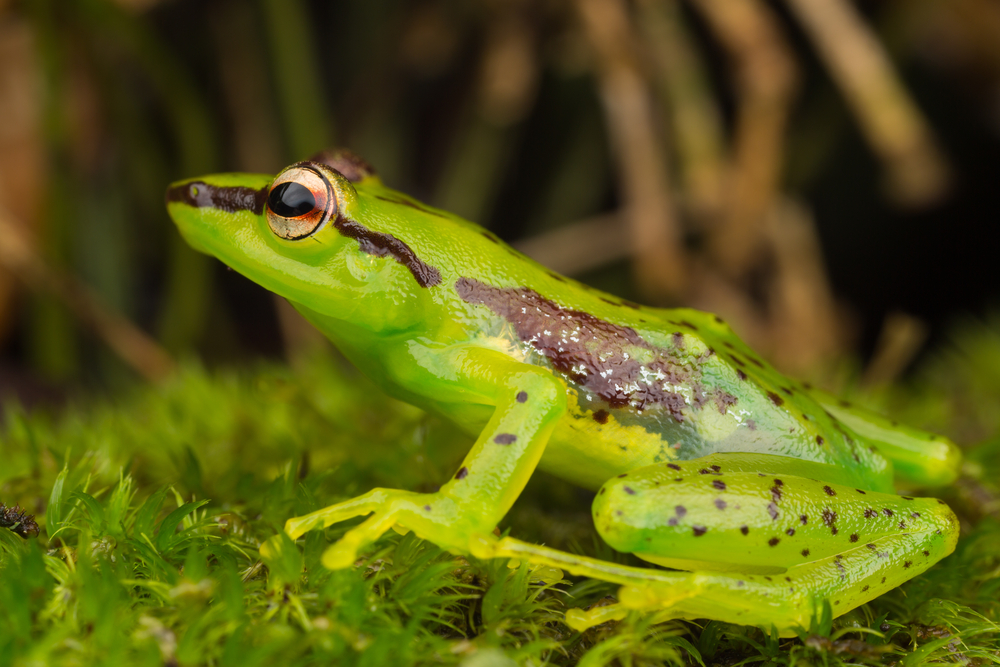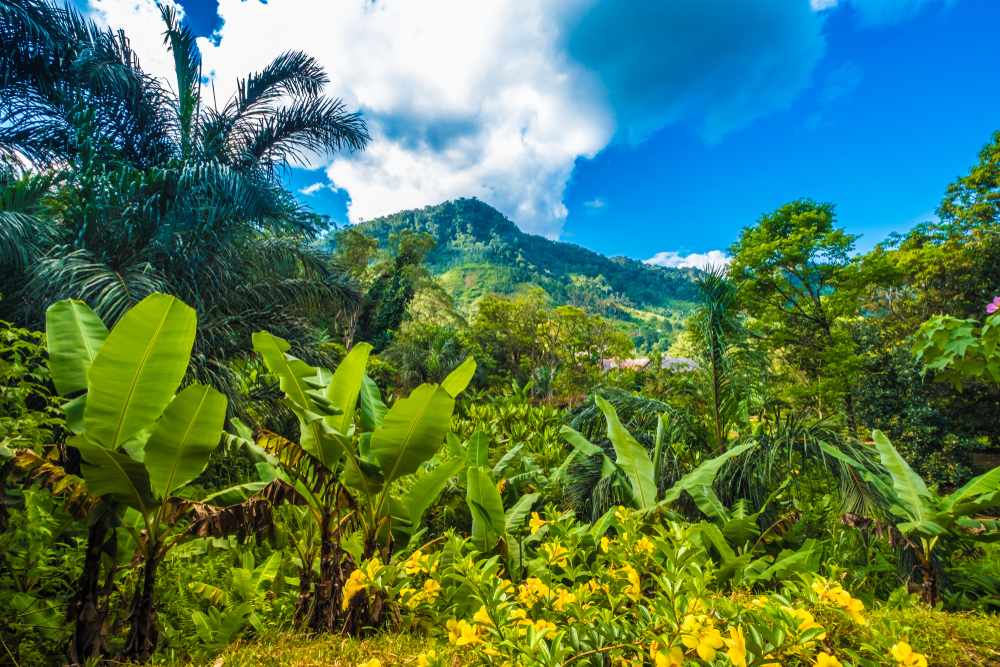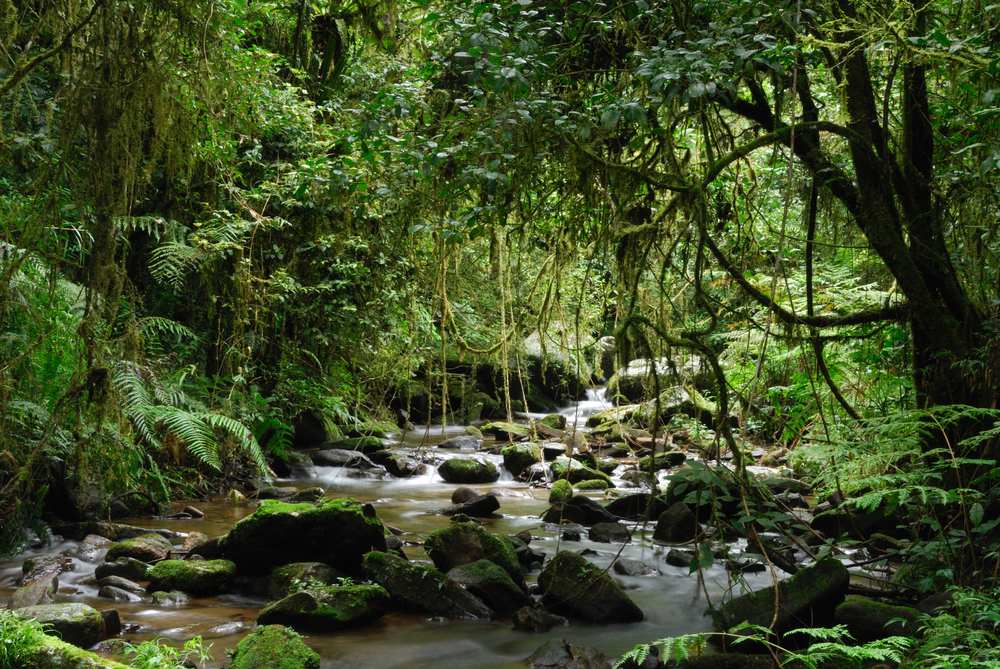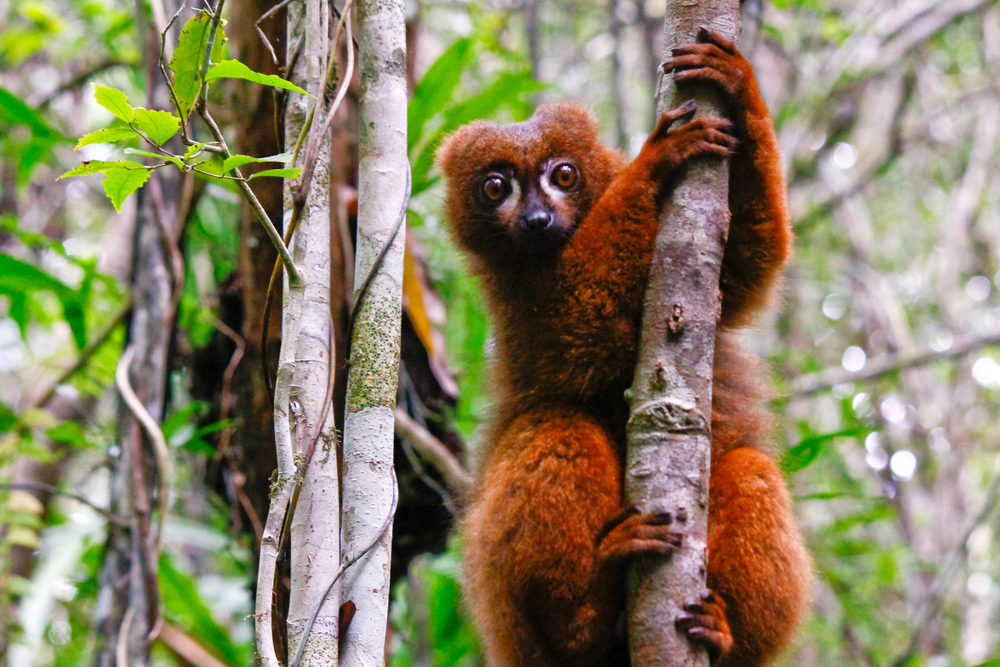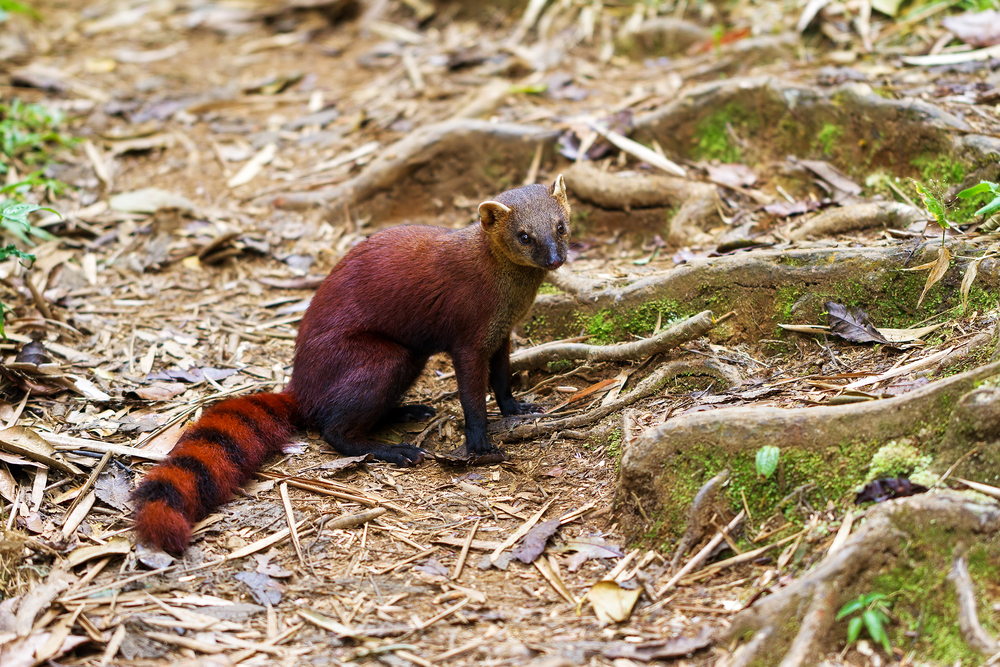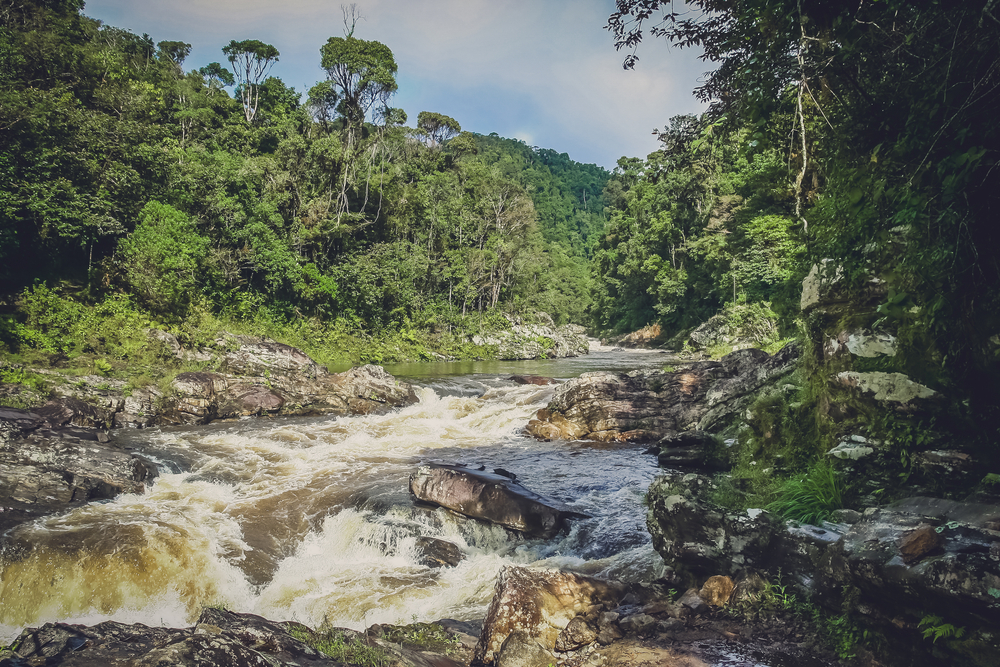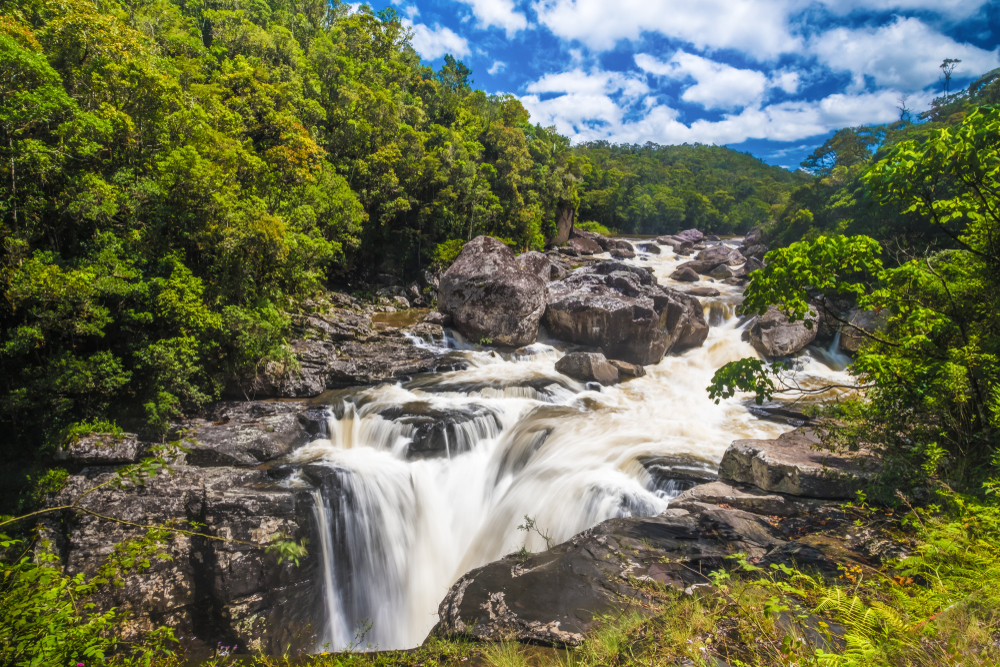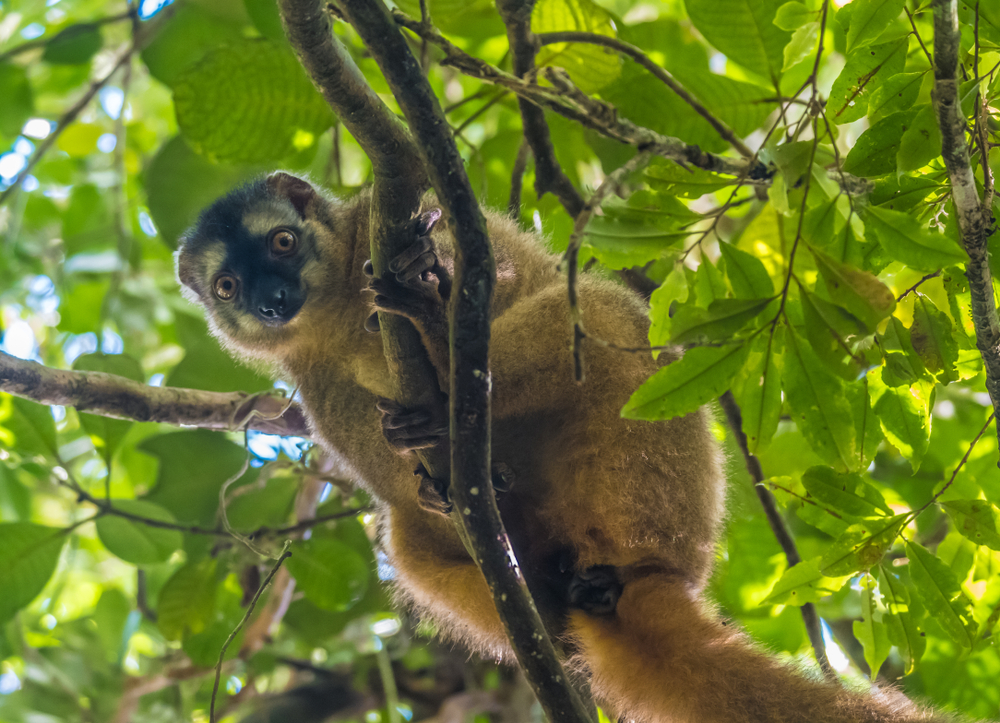Ranomafana Overview
Ranomafana National Park, a jewel of Madagascar’s rich biodiversity, is located in the southeastern part of the island, approximately 65 kilometers east of Fianarantsoa. Established in 1991 following the discovery of the golden bamboo lemur, a species previously unknown to science, the park spans an area of about 415 square kilometers (160 square miles). Nestled in the lush, mountainous terrain of the Ranomafana region, the park is part of the Rainforests of the Atsinanana, which are recognized as UNESCO World Heritage sites for their critical importance to global biodiversity conservation.
Ranomafana National Park’s landscape is characterized by its dense, humid rainforest, interspersed with streams and waterfalls, creating a haven for wildlife and a picturesque setting for exploration. The park’s elevation ranges from 800 to 1,200 meters, offering a cool climate that contributes to its diverse ecosystems. This varied environment supports an extraordinary array of flora and fauna, with a significant emphasis on endemic species, which are found nowhere else on Earth.
The park is renowned for its primates, hosting 12 lemur species, including the critically endangered greater bamboo lemur and the iconic golden bamboo lemur. Beyond its famous lemurs, Ranomafana is home to over 115 bird species, 62 reptile and amphibian species, and a myriad of invertebrates, many of which are endemic. The lush vegetation includes a vast collection of ferns, orchids, and other tropical plants, contributing to the park’s status as a hotspot for biodiversity.
Ranomafana National Park is not only a center for wildlife observation and eco-tourism but also a hub for scientific research and conservation education. The park’s facilities include a research station that attracts scientists from around the world to study its unique biodiversity and ecosystem dynamics. For visitors, Ranomafana offers guided walks and treks through its enchanting rainforests, providing opportunities to witness Madagascar’s unique wildlife up close and to learn about the importance of conservation efforts in preserving the island’s natural heritage.
Park Map
Ranomafana National Park Highlights
Engaging Ranomafana
Ranomafana National Park Trails
Sources
- Madagascar Tourisme, Ranomafana National Park, https://madagascar-tourisme.com/en/discover/the-southeast/ranomafana/, retrieved March 2024.
- Natural World Safaris, Ranomafana National Park, https://www.naturalworldsafaris.com/africa/madagascar/ranomafana-national-park, retrieved March 2024.
- Travel Madagascar, Ranomafana National Park, http://www.travelmadagascar.org/PARKS/Ranomafana-National-Park.html, retrieved March 2024.
- Wild Madagascar, Ranomafana, https://www.wildmadagascar.org/conservation/parks/Ranomafana.html, retrieved March 2024.








































































